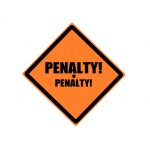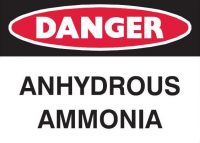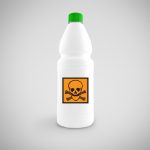$12 Million Worth of Lessons Learned from a Recent Enforcement
In this case, a foundry coke manufacturer in northern New York State will pay $2.75 million for alleged CAA, CWA, and EPCRA violations—and that is just the fine. ‘Citizen Scientists’ Complained A critical point in this case is that federal and state inspections came in response to local citizen complaints. The community even did their […]










